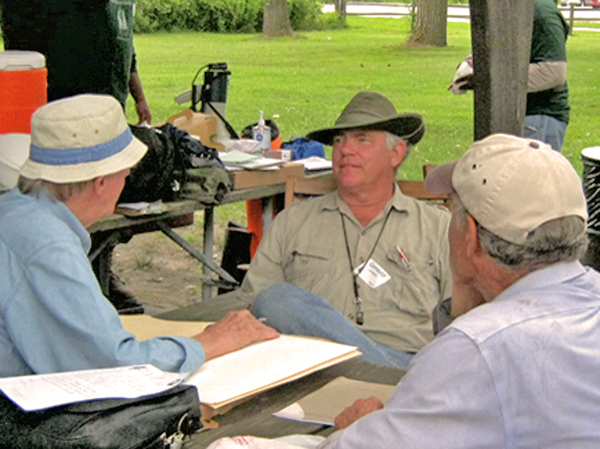
Dr. Jerry Wilhelm at the Thismia hunt, August 2011, Wolf Lake
I first met Dr. Jerry Wilhelm in Hopkins Park, Illinois, on the property of my good friend Dr. Marianne Hahn in July of 2000. I was part of a small group of about a half dozen people with the goal of botanizing this forgotten corner of Kankakee County. Marianne has been restoring Sweet Fern, the name of her sandy Black Oak Savanna, since 1998, when she purchased her first three contiguous plots of land. The 100+ acres have since been dedicated as an Illinois Land and Water Reserve.
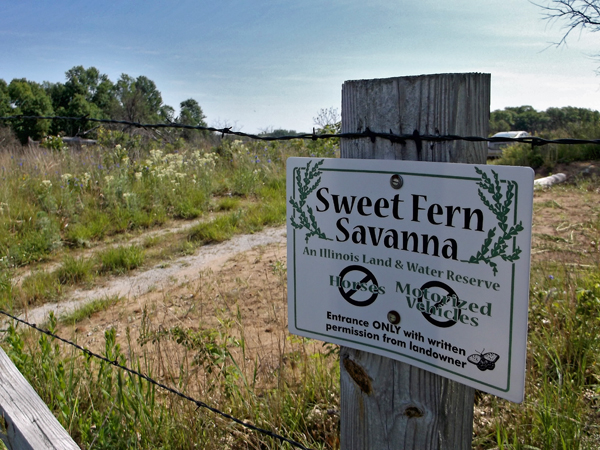
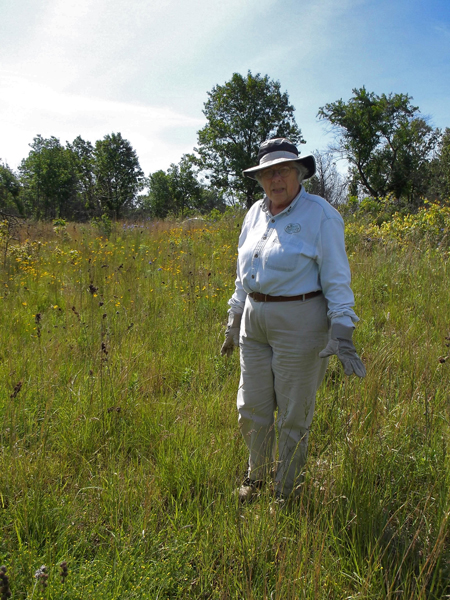
Dr. Marianne Hahn, retired microbiologist, at Sweet Fern
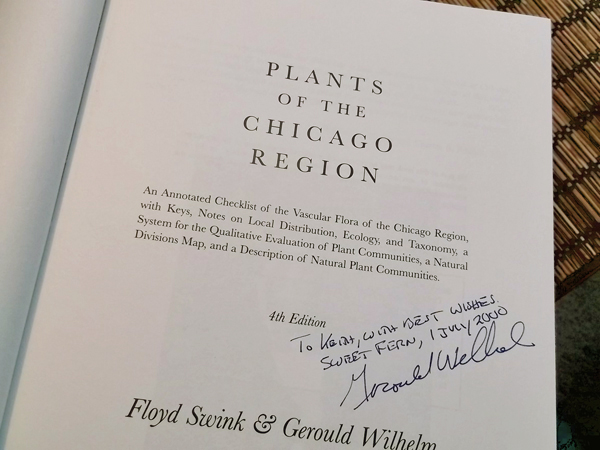
Dr. Wilhelm signed my copy of his book at the end of the day
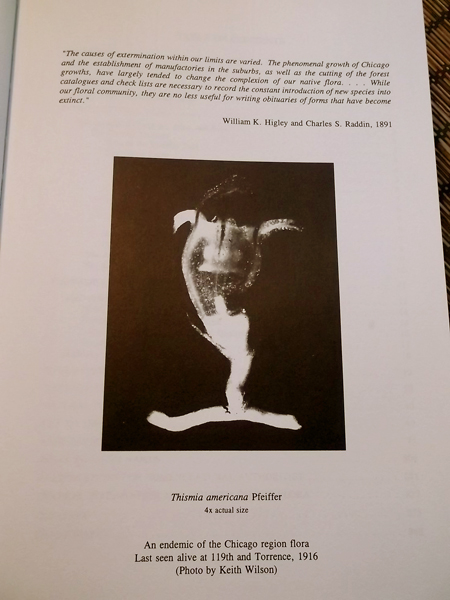
The front piece in "Plants of the Chicago Region" showing a photo of Thismia
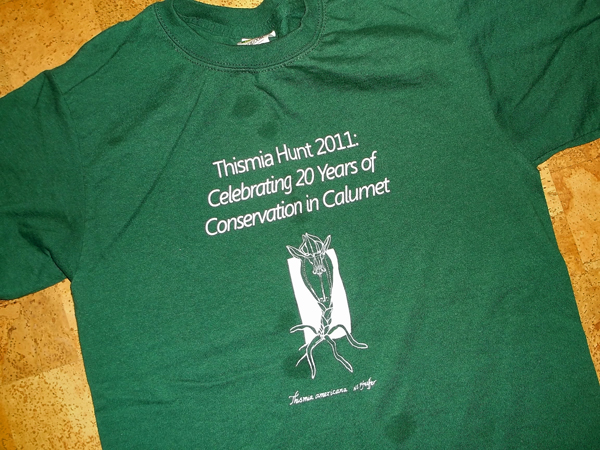
All participants received a T-shirt during the event
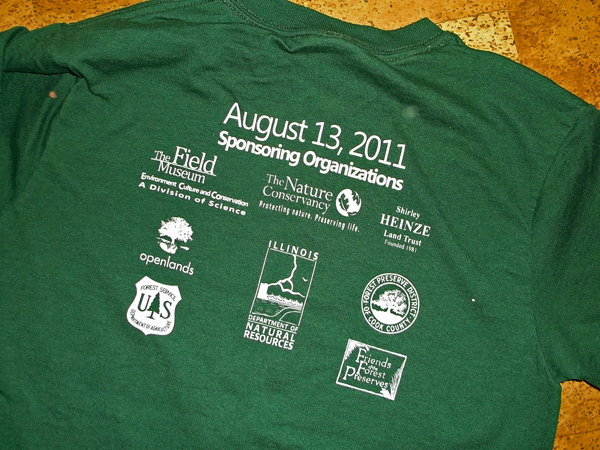
The sponsors of the event

Stephen Packard, in the straw hat, looking on as Linda Masters speaks to the group at the Thismia hunt

An open woodland, kept healthy with a seasonal burn, Crete, IL, 2013
· Temperature regulation
Wilhelm mentioned that ant populations go down without thermoregulation, organic matter helps the ants regulate temperature for larvae. He noted that healthy woods have 15 to 20 ant species, while unhealthy woods have less than 5 or 6 species, and those are mostly non-conservative species.
With less than 52% soil moisture, soil loses its connection to the thermal mass of the Earth below.
· Reduces runoff
Soils with higher levels of organic matter not only allow water to enter the soil, it holds that moisture and makes it available to plant roots.
· Reduces leaching of potassium in to streams
The lack of organic matter (which binds soil elements) allows phosphorus to leach through soils into water bodies, a cause of filamentous algae blooms.
· Increases soil moisture balance
Organic matter holds a certain amount of water, making it available to plants, the remainder flows through the layers of soil, out through seeps and into rivers and other bodies of water. These moist soils along rivers therefore had trees due to the available soil moisture, according to Wilhelm.
Dr. Wilhelm touched on a number of points in his nearly two hour discussion. The overarching message, however, is that we all, by our actions, however seemingly small, determine how well the living environment all around us functions, or fails to function. Commoditized agriculture, he points out, does not take into account “high internalized costs” and that native plants, important keys on the typewriter that is our environment, continue to decrease overall – “A plant must be part of a system to fulfill its function, remnant ecosystems must be preserved so that we can grow out from them. We need to treat every drop of water where it falls, as a resource, not as something to get rid of – water is a blessing not a bane. Currently, we are losing airspeed, altitude, and experience.”









